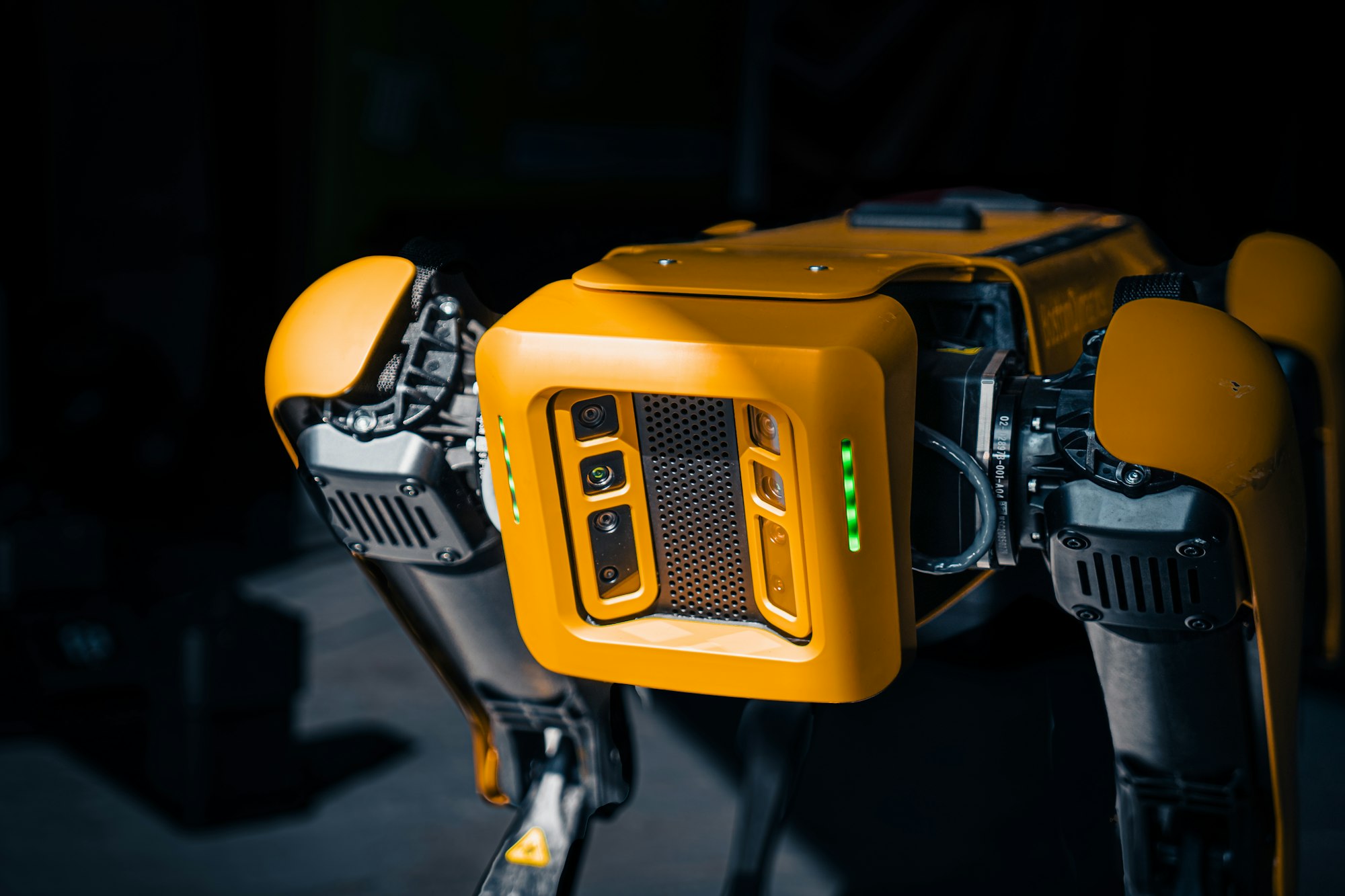All you need to know about becoming a Generative AI Engineer
With global generative AI spending projected to hit $151.1 billion by 2027, now is the perfect time to break into this high-paying and evolving field.
Generative AI is transforming industries by enabling machines to create text, images, code, and even music in ways that were once thought impossible. With companies investing heavily in AI-driven automation and creativity, the demand for Generative AI Engineers is skyrocketing.
Global spending on generative AI is expected to reach $151.1 billion by 2027, with the Asia-Pacific region alone projected to hit $26 billion, underscoring the massive opportunity in this field. If you're looking to break into this cutting-edge career, here’s everything you need to know.

Who Is a Generative AI Engineer?
A Generative AI Engineer specializes in building and fine-tuning AI models that generate new content. These professionals work with machine learning (ML), deep learning (DL), and neural networks to develop AI systems capable of producing human-like text, realistic images, and even synthetic voices.
Unlike traditional AI engineers who focus on classification and prediction, generative AI engineers work on models like GPT (Generative Pre-trained Transformer), GANs (Generative Adversarial Networks), VAEs (Variational Autoencoders), and Diffusion Models to create entirely new data based on existing patterns.
How Much Does a Generative AI Engineer Earn?
Generative AI engineers are among the highest-paid professionals in tech. Salaries vary based on experience, location, and industry, but here’s a general breakdown:
- United States: $120,000 – $250,000 per year
- United Kingdom: £85,000 – £180,000 per year
With the growing demand for AI expertise, salaries in this field are expected to continue rising.
Role of a Generative AI Engineer
Generative AI Engineers work on designing and deploying AI models that can create content, automate creative processes, and improve machine-human interactions. Their responsibilities include:
- Developing and fine-tuning large-scale AI models like GPT and Stable Diffusion.
- Training generative models on massive datasets to enhance their ability to produce realistic content.
- Optimizing AI algorithms for efficiency, accuracy, and ethical AI development.
- Working with Natural Language Processing (NLP), Computer Vision, and Reinforcement Learning to advance AI capabilities.
- Collaborating with cross-functional teams, including data scientists, software engineers, and product teams, to integrate AI models into applications.







